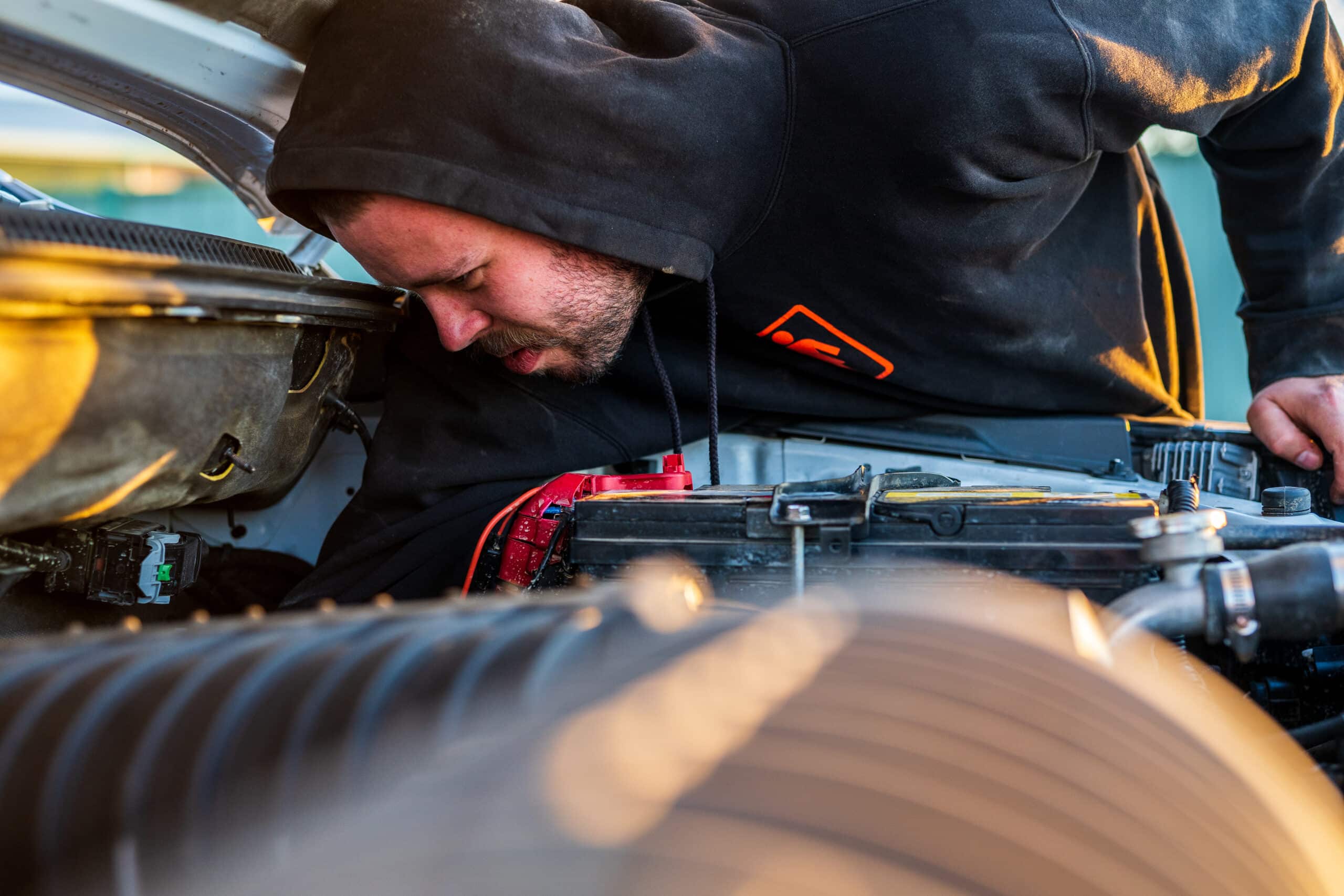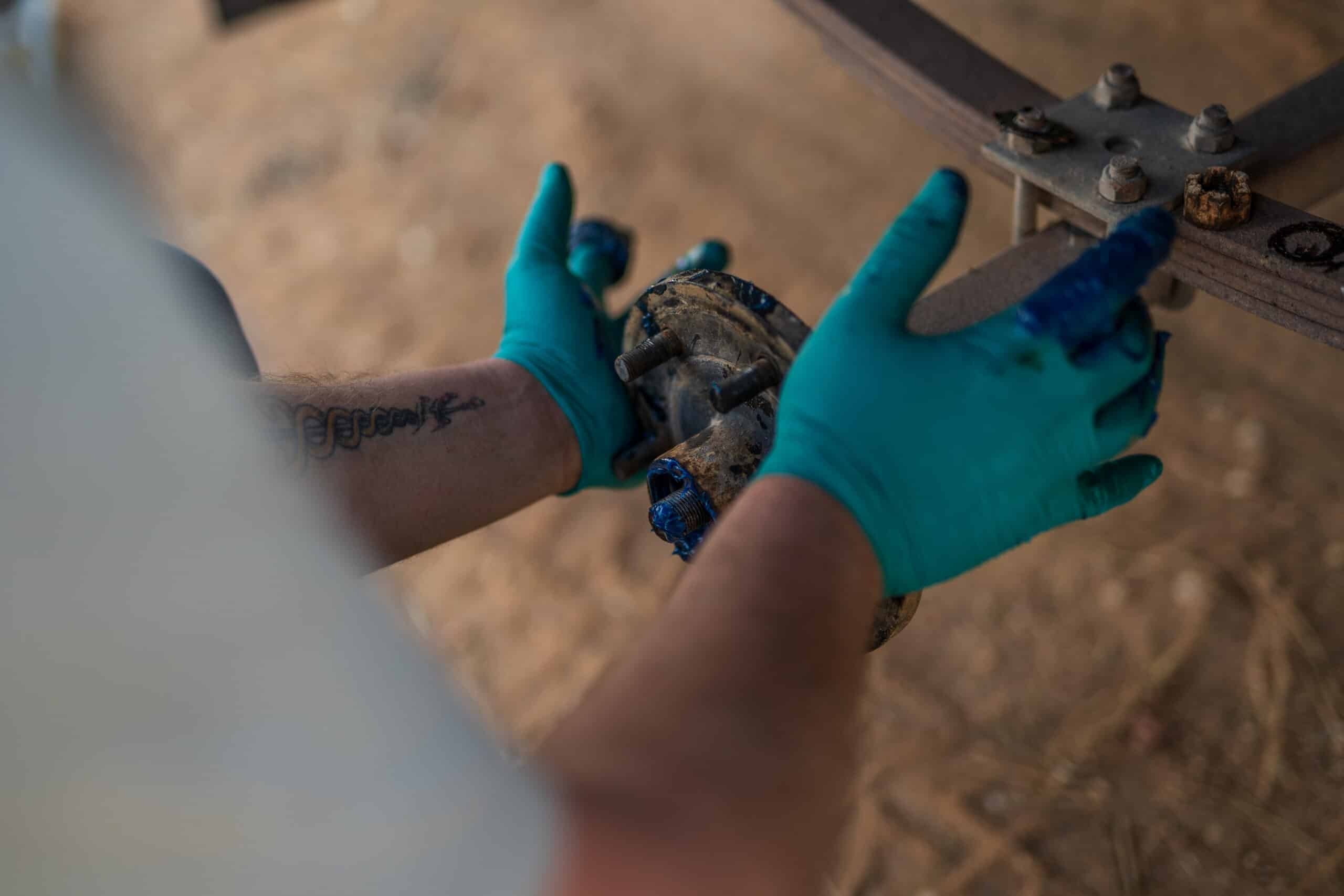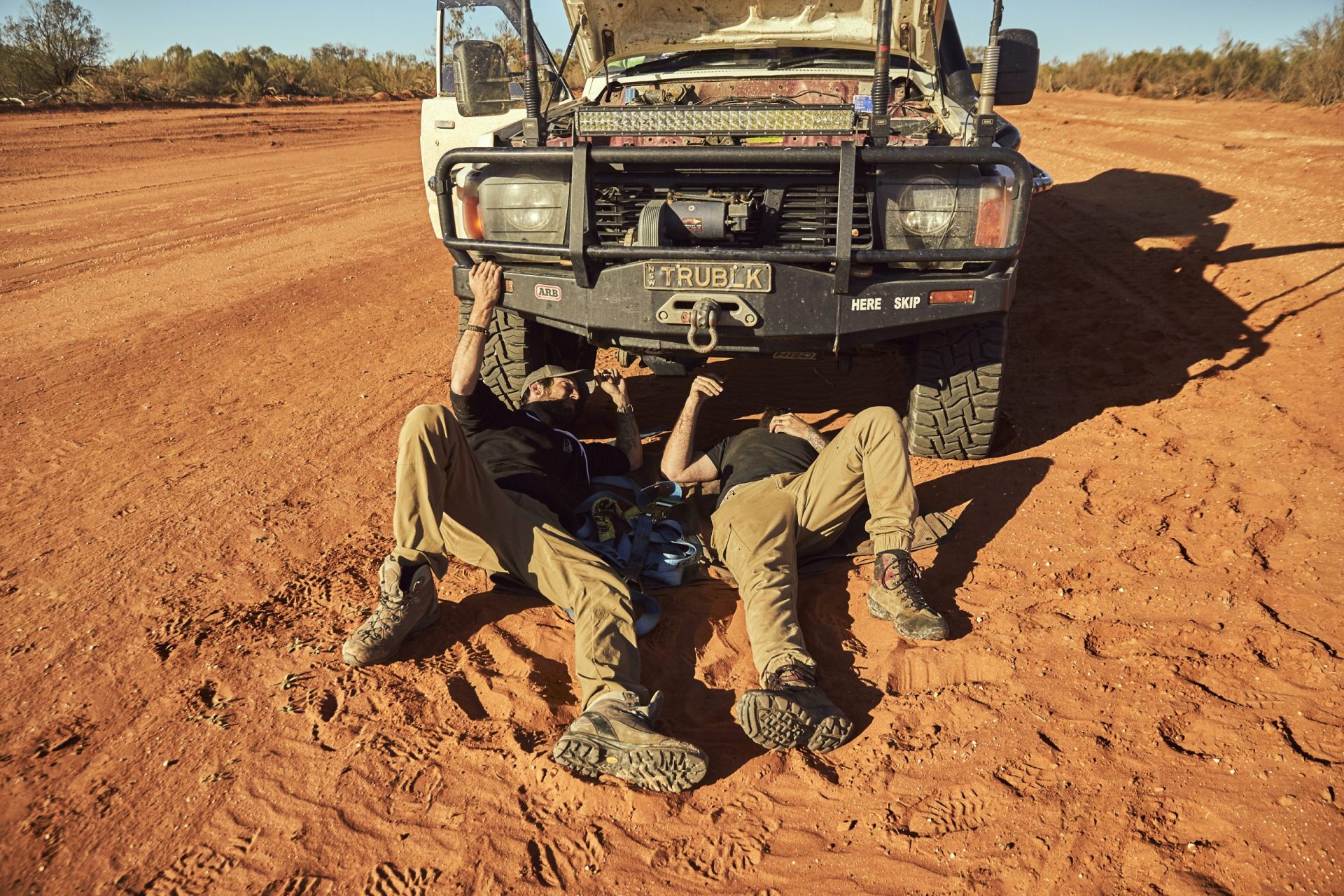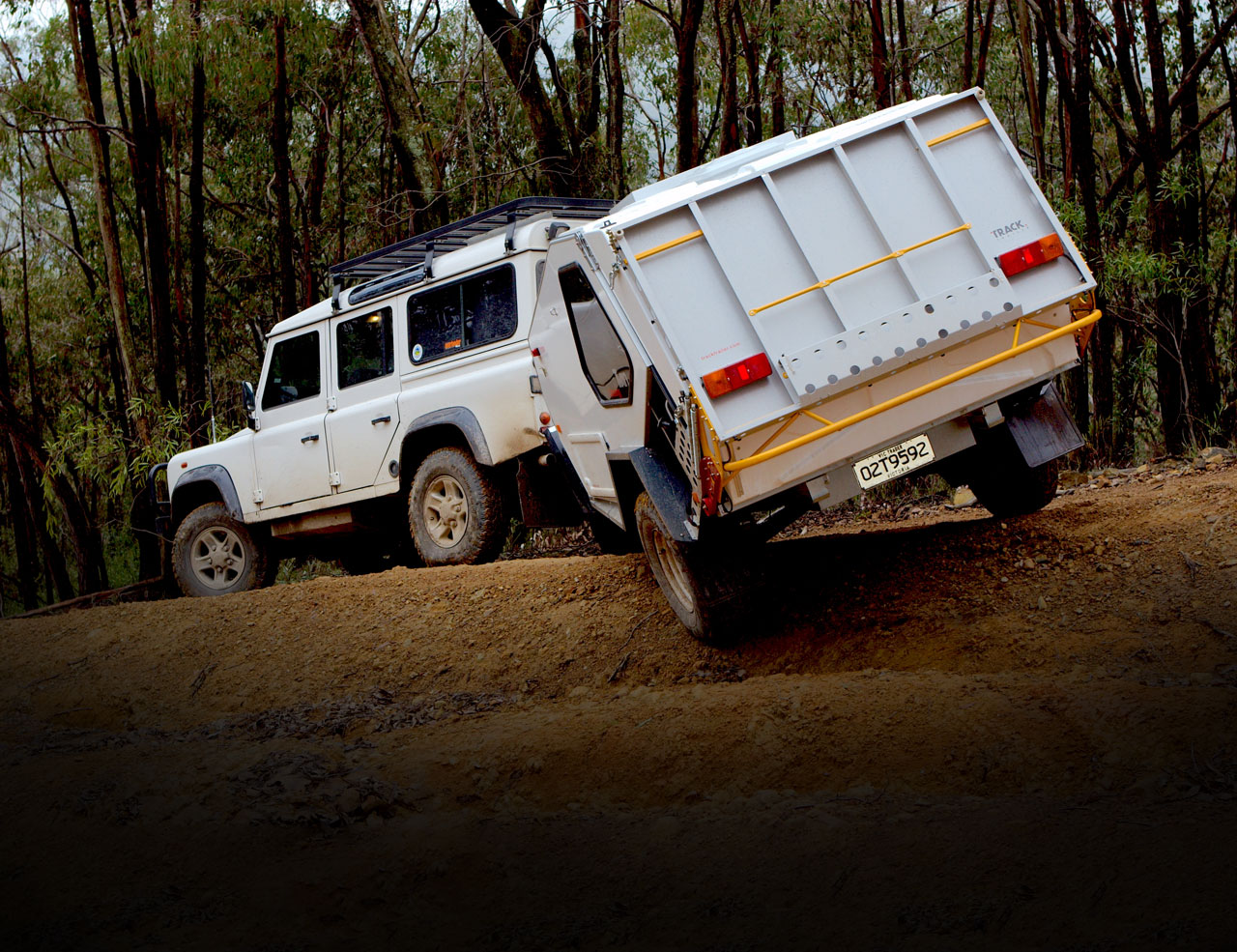Summer is coming, lockdowns are lifting, and the weather is heating up. If there’s ever been a better time to start eyeing off some serious long distance 4×4 adventures we’d like to hear about it. It’s not all sunshine and lollypops though. For a lot of us our rigs have been parked up for months now; many barely even doing an overnight camp trip in a year. It’s a recipe for disaster. All those little maintenance issues slowly creeping up becoming catastrophic failures when you finally give the big rig a serious run. Heading an hour up the road to the local beach? the outcome might just be a wallet $500 lighter and a ruined weekend. 5hrs north of the nearest roadhouse heading up to the Cape for a family holiday? That $30 wheel bearing could be a $10,000 problem.

Be realistic
In an ideal world you’d rebuild your 4×4 brand new every 12 months. New bearings, belts, suspension, throw a near gearbox in it for good measure. But that’s hardly realistic. Instead, sit down with a pad and pen and run through what could potentially go wrong with your 4×4 and what your options are if it does.
If your starter motor is 20 years old and spent a lot of time in the mud, maybe spend the $300 before you head north putting a new one in. Flip side of that;If you’re driving a manual and have a mate that can help bump start you maybe leave that at the bottom of your list. If your 4×4 is as reliable as the sun you’ll rarely need to go further than a regular fluid check and visual inspection of belts, hoses, and any obvious witness marks or leaking fluids.

Extended Adventures
If you’re planning on doing that trip of a lifetime after being stuck at home for months your check list is going to be a little longer, but still cheaper than even a minor breakdown.
Assuming your 4×4 is regularly maintained with fresh fluids and filters, the most common cause of breakdowns is the cooling system. Your coolant might have been swapped out at the last service, but are the heater hoses still factory original? And how’s the condition of the plastic thermostat housing? A full set of replacement hoses is a day job. Match it with a pressure test of the radiator and a check of the viscous hub and you’ll have confidence in the setup. While you’re in there, swap out the belts, and if the old belts and hoses are decent stash them in a quarter panel or behind the back seat for emergency use.
Before you close the bonnet, inspect the snorkel for good sealing, and there’s no splits or cracks on your intake pipe. Run your eyes over the brake and clutch master cylinders and look for any weeping at connections or splits in the hoses all the way down to the clutch and brake callipers. It’ll only take half an hour with a small mirror and torch so is well worth the time. When you’re confident it’s all sorted fire your 4×4 into life and listen for any chattering noises coming from the clutch with your foot on or off the pedal, a buggered throwout bearing can go unnoticed if you’re not looking for it. Auto boxes generally just require a quick look at the fluid to make sure it’s in there, and it doesn’t look like paste.
Next up, through your rig on jack stands and rip each wheel off. Check for tread depth, rub marks, and any cracks that might indicate your tyres are older than you remember. Grab the tyre and rock at 12 and 6, then at 3 and 9 to check wheel bearings and balljoints. When the wheels are off have a quick look at brake pad depth, and there’s no scores or gouges in your rotors.
Finally, run your eyes and your spanners over the suspension. Any fluid on a shock is a sign the seals are failing. And worn bushes or strut tops are easy to catch at this point too.

Accessories
More than a few camping trips have been ruined when dad’s hit the brakes, and the roof rack and roof top tent have come sliding onto the bonnet. Dedicate an hour with your favourite spanner roll and start at the front and work to the back. Check your bullbar bolts are in and tight; and look for rub marks that show things are moving when they shouldn’t be. If you’re feeling like an over achiever you can crack open your winch for a visual inspection to make sure the gearbox is full of grease and the motor is dry. Otherwise just check the freespool works and the motor pulls strongly without any horrible noises in and out. As always, if it’s failure will put you in a bad spot, spend 5 minutes looking over it.
Hired Guns
People have different skill sets, and what’s easy for one person is too hard for another. It’s nothing to be ashamed of so don’t hesitate to put your hand up and ask for help. There’s thousands of 4×4 shops all across the country full of vehicles getting worked on. The whole built not bought nonsense is one of the most harmful things in the 4×4 world and having your rig do what you need it to when you need it to is far more impressive than who did up the bolts.
Checklist
- Change fan belts and keep old units as spares
- Check coolant levels, reservoir free of leaks and cracks, new heater and radiator hoses
- Battery is in good health, securely mounted and clean terminals
- Engine fluid levels and filters
- New Air cleaner – and a spare one
- A full washer bottle (preferably with cleaner) and fresh blades
- Brake and clutch reservoirs full and leak free
- Tyres in good condition, no cuts, knicks, and correctly inflates
- Balljoints and tie rod ends with minimal play and no torn boots
- Wheel bearings firm with minimal play and no horrible noises
- Fuel and brake lines leak free
- All bolts – Suspension, drivetrain, body
- Plenty of meat on brake pads and rotors in good condition
- Spring mounts and shock bushes in good condition – check for metal fatigue cracks
- Shocks dent free, no leaks, and no rust on the shafts
Quick Links
How to service your winch – Unsealed 4×4
RV Daily – Prepare for Emergencies










